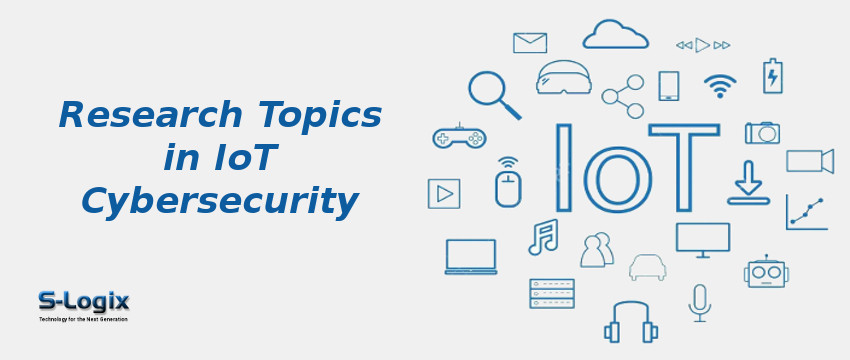With the technological breakthroughs in the Internet of Things (IoT), cyber security has become an important area. The resource-restricted nature and heterogeneity of IoT devices offer a rich breeding ground for cybercrime activities. During cybercrime activity, the entire network performance is reduced, and sometimes it leads to human live loses. The cyber security elements are application, information, network, end-user, planning of disaster recovery, and operational. Cyber security aims at reducing the security risk for organizations and IoT devices, thereby ensuring data security and integrity.
Cyber security is very prominent in IoT-based systems as it prevents damage from attackers and restricts unauthorized access to network functions. Several skills are necessary for cyber security that are technical aptitude, problem-solving, security knowledge of different applications, detail attention, hacking understanding, communication skills, and basic computer forensics skills. Every layer in IoT faces security issues. There is several security solutions have been suggested for various layers separately. However, there is a lack of effective Cyber security solutions without increasing the computational complexity of tiny sensor devices.
